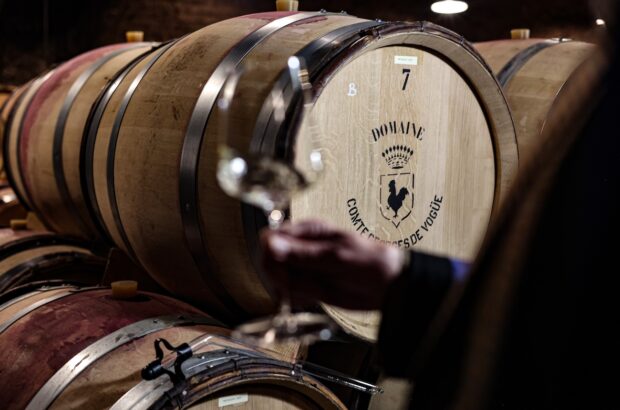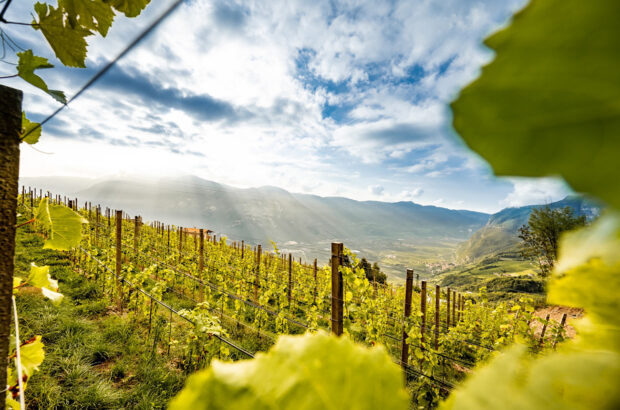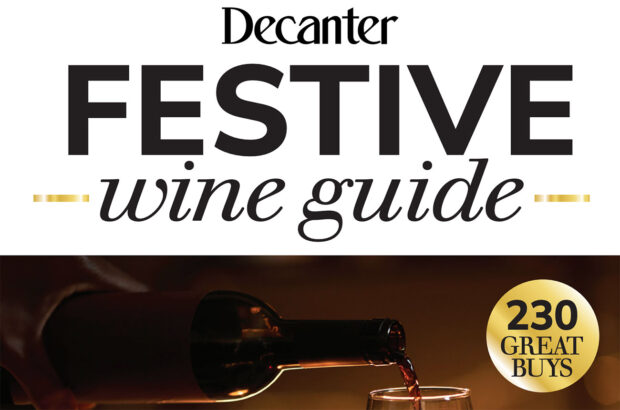Can a sparkling wine be kept in top condition once open?
Many kitchens will have a traditional winged Champagne stopper tucked away for emergencies, but the list of premium stoppers offering promises of perfect glasses for days (if not weeks) is ever-expanding. Are there real differences in performance, though?
What happens to the bubbles?
As soon as the cork is popped on a sparkling wine, the clock starts ticking. Dissolved carbon dioxide makes its way out of the bottle into the atmosphere, and oxygen begins to enter, kicking off a process that will eventually make the wine taste tired and dull.
Bars and restaurants have long used systems designed to re-pressurise and seal sparkling wine bottles, but these have never been realistically available for consumers at home. With the aim of catering for both, wine preservation specialists Coravin introduced Coravin Sparkling in 2021. ‘The last glass should be as good as the first – that’s our brand,’ says founder Greg Lambrecht. This turned out to be a considerable challenge for sparkling wine, however. ‘You’d think it would be easy to just open a bottle, pour it, stopper it and recharge it [with CO2]…not so much,’ he says.
Unlike the Coravin for still wine, the sparkling edition does not go through the cork but rather seals, and repressurises the bottle, promising to preserve it for up to four weeks. As well as keeping the bottle bubbly, though, it is oxidation that Lambrecht also wanted to avoid: ‘I am an oxygen hater – I became extremely sensitive to it having blind tasted 10,000 bottles over time.’
Coravin’s work with still wine closures taught them to avoid silicone rubber, used widely in other stoppers. ‘It’s a very convenient material, and it stops CO2 escaping – but oxygen goes straight through.’
We put it to the test against a selection of manual stoppers.
The stoppers tested
Control – bottle left unsealed
1. Traditional winged Champagne stopper £2.50
2. Kloveo Champagne Stopper £18.99
3. The Finest Bubble stopper (Kiboni 157 design) £4.50
4. Avina premium locking Champagne stopper £12.99
5. Coravin Sparkling £399
The one-week test
This test involved pouring two glasses (250ml) of an English sparkling wine on day one, followed by one glass (125ml) on day three and a further two glasses (250ml) on day five. This left one glass remaining on day seven.
Day three (500ml remaining in bottle)
The bottle left unsealed was remarkably acceptable in pressure, although the flavours were muted. It was hard to tell the difference between this and the cheapest traditional stopper, which had not sealed very tightly. There was little to choose from between the other stoppers at this stage.
Day five (375ml remaining in bottle)
The control bottle and the winged stopper were showing signs of light oxidation, with the unsealed bottle now unacceptably flat. The Kloveo offered a notable improvement, although the Finest Bubble and Avina stoppers both showed better retention of pressure. The Coravin Sparkling bottle was starting to show a little more floral and citrus freshness than both, but not necessarily a better mousse.
Day Seven (175ml remaining in bottle)
The pouring of 250ml on day five did appear to drastically induce deterioration, with the wine under the winged stopper now barely acceptable. The Avina, Finest Bubble and Coravin bottles were undoubtedly best at this stage, with the Coravin showing a much more lively mousse and a subtle – but notable – brightness of flavour that indicated a slower rate of oxidation.
The four-week test
This test saw half a bottle (375ml) poured in one go on the first day, and the remainder tasted four weeks later. The Avina stopper was chosen to compare with the Coravin. Both were laid on their sides.
The wine under the Avina stopper had certainly lost some pressure, although the mousse was more than acceptable. The Coravin showed a notable improvement, however, holding its mousse around the rim of the glass and presenting with a creamy, lively effervescence that persisted on the palate for longer. The more obvious difference, though, was in the level of oxidation, the Coravin wine showing clearer citrus and floral aromas, actually appearing to have benefitted since opening.
The verdict
Usability and durability
Traditional stoppers seal poorly and can easily become dislodged. The Kloveo sealed well, although the ease with which it can be removed felt precarious. The Avina stopper feels the most sturdy and rigid in its construction, difficult to accidentally unseat and reliable for storing bottles on their sides. The downside, though, is that these will not reliably seal bottles that have extra-thin necks (the mini-magnum bottle shape in 75cl), which are becoming more widely-used. The Finest Bubble and Kloveo stoppers, however, will.
The Coravin stopper is very solid once affixed, and will seal all 75cl bottles (and most — but not all – magnums). One Coravin stopper appeared to be faulty, but was quickly replaced. Cartridges will seal up to seven bottles, which should be stored on their sides. The two-stage opening mechanism, which allows the gas to escape gently and quietly, works well, avoiding shooting stoppers and loud pops.
Flavour and mousse
As The Finest Bubble’s Nick Baker points out, deliberately opening and stoppering Champagne and sparkling wines ahead of time can be a good idea: ‘A magnum of NV will benefit from being opened 24 hours before you want to drink it. Even in 75cl it will be more expressive an hour after opening’.
After this, though, it appeared to make little difference which method was used over one day. The differences between the Avina, Finest Bubble and Kloveo stoppers were small up until day five, with the Avina and Finest Bubble appearing to offer a touch more freshness. On sturdiness alone the Avina was the pick, although it would be wise to have another design on hand for thin-necked bottles.
The Coravin only really showed its advantage by the end of the week, when there was a large headspace in the bottle; undoubtedly an improvement for higher-end, more complex bottles, bar service or situations where small quantities need to be preserved. Over three weeks, however, it showed a performance that would inspire plenty of confidence in opening a good quality sparkling wine to drink over two sittings.








